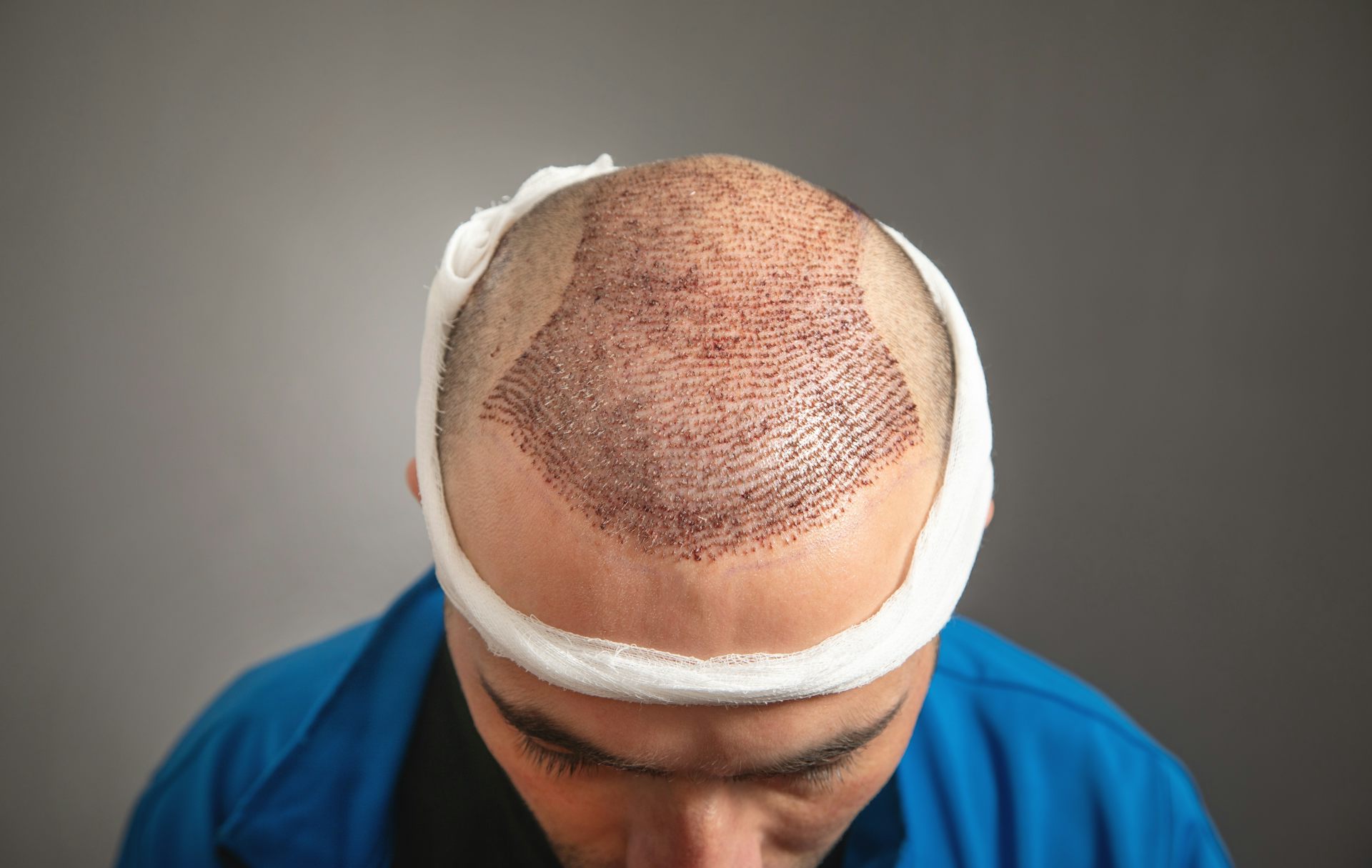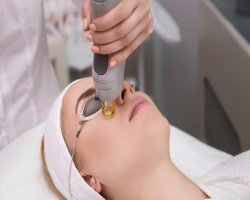The Importance of Scalp Assessment Before a Hair Transplant

Deciding to undergo a hair transplant in Islamabad is a big step toward restoring not only your hair but also your self-confidence. However, before diving into the surgical process, one essential step must not be overlooked: a comprehensive scalp assessment. This diagnostic phase is the cornerstone of a successful hair restoration journey. It enables the surgeon to plan the procedure with precision and predict long-term outcomes with clarity.
What Is Scalp Assessment?
A scalp assessment is a detailed examination of the patient’s scalp to evaluate its health, hair density, donor area quality, and the pattern and cause of hair loss. This analysis is typically done during the consultation phase and may include digital imaging, trichoscopy, blood work, and medical history evaluation.
This assessment allows the surgeon to determine:
Whether the patient is a suitable candidate for hair transplantation
The type of procedure best suited (FUE or FUT)
The number of grafts required
The potential for future hair loss
The presence of any underlying scalp conditions
Why Scalp Assessment Is So Important
1. Determines Candidacy for Surgery
Not everyone experiencing hair loss is an ideal candidate for a transplant. The scalp assessment helps distinguish between temporary hair thinning and permanent hair loss caused by conditions like androgenetic alopecia. Patients suffering from autoimmune diseases, chronic scalp infections, or scarring alopecia may not respond well to transplantation and may require medical treatment instead.
A thorough assessment prevents unnecessary or ineffective surgery by identifying disqualifying conditions early on.
2. Evaluates Donor Area Quality
The donor area—typically the back and sides of the scalp—is where hair follicles are harvested for transplantation. A healthy and dense donor zone is essential for a successful outcome. The surgeon uses the assessment to measure hair thickness, count follicular units per square centimeter, and check for miniaturization.
If the donor area is too sparse or the hair quality is poor, attempting a transplant may yield unsatisfactory results. Instead, the surgeon may recommend alternatives or a more conservative plan.
3. Maps the Pattern of Hair Loss
Hair loss isn’t always uniform; some patients experience a receding hairline, while others lose volume in the crown or experience diffuse thinning across the scalp. A proper scalp evaluation allows the surgeon to identify the exact pattern of hair loss and tailor the restoration accordingly.
This precision helps ensure that the hairline design, graft placement, and density all align with the patient’s unique balding pattern, creating a more natural and long-lasting result.
4. Calculates the Number of Grafts Needed
Without a detailed scalp assessment, estimating the number of grafts needed would be guesswork at best. Using scalp analysis tools like densitometers and trichoscopes, specialists can calculate the precise number of grafts required to achieve the patient’s desired density while ensuring the donor site is not overharvested.
This careful planning not only improves the outcome but also reduces the risk of complications like donor area depletion or unnatural-looking results.
5. Assesses Scalp Elasticity and Vascularity
Scalp elasticity and blood supply play a major role in the healing process and graft survival. Tight scalps may pose challenges for FUT procedures, while poor blood flow can reduce graft uptake. A physical examination during the assessment phase gives the surgeon insights into how well the scalp will respond post-transplant.
If the scalp’s elasticity is limited, the surgeon may suggest exercises or even choose FUE over FUT. Similarly, a healthy vascular supply may support the use of additional therapies like PRP for better outcomes.
6. Identifies Scalp Conditions
Dandruff, psoriasis, dermatitis, folliculitis, or scalp infections can seriously affect the success of a hair transplant. These conditions, if undiagnosed, can result in poor graft survival and even post-operative complications.
A scalp assessment allows the surgeon to identify any dermatological issues and treat them before surgery is scheduled. Addressing these problems in advance helps ensure a healthier environment for graft implantation and regrowth.
7. Supports Long-Term Planning
Hair loss is progressive in most cases. A scalp assessment not only considers the present state of the hair and scalp but also helps predict how the condition might evolve in the coming years. This foresight enables the surgeon to plan a transplant that will still look natural even if some native hair continues to thin.
In some cases, the assessment may lead to the decision to delay the procedure until hair loss stabilizes, especially in younger patients. Others might be recommended to combine surgical treatment with medications like finasteride to maintain the surrounding hair.
The Role of Technology in Scalp Assessment
Leading clinics in Islamabad are increasingly integrating digital scalp analysis and AI-based imaging tools into their consultation processes. These technologies allow for high-resolution imaging, real-time follicle counting, and predictive modeling, which make diagnosis and treatment planning far more accurate.
Digital systems also help the patient visualize potential results, compare before-and-after simulations, and better understand the surgical roadmap. This transparency improves trust and sets realistic expectations.
When Should You Get a Scalp Assessment?
If you're noticing hair thinning, increased hair shedding, or bald spots that are getting worse over time, a scalp assessment should be your first step. Even if you are unsure about surgery, this evaluation provides valuable information about your scalp health, potential treatment options, and long-term solutions.
Consulting early gives you more options—be it surgical or non-surgical—and may even allow you to intervene before hair loss becomes severe.
Conclusion
A scalp assessment is not just a formality before a hair transplant in Islamabad—it’s a critical foundation that ensures the procedure is safe, successful, and customized to the patient’s individual needs. From evaluating donor area strength to mapping hair loss patterns and identifying hidden scalp conditions, this diagnostic step is key to achieving long-term, natural-looking results.
If you’re considering a hair transplant, start with a detailed consultation at a reputable facility. The experts at SKN Cosmetics clinic are known for their patient-first approach, offering advanced scalp analysis and personalized treatment planning to ensure your hair restoration journey begins on the right path.









